The Unique Features of ID, IC, NFC, and UHF Cards: A Detailed Overview
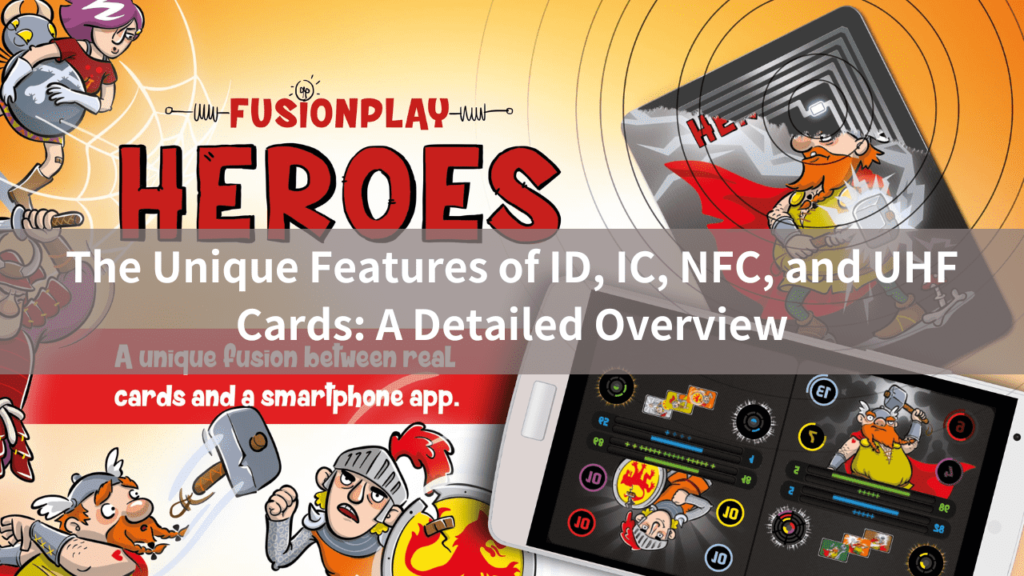
The Unique Features of ID, IC, NFC, and UHF Cards: A Detailed Overvie Are you familiar with RFID smart cards? If you are still relatively unfamiliar, don’t worry, because today we will introduce you to all the knowledge of RFID smart cards in detail. RFID smart cards may sound a bit complicated, but if I mention IC cards or ID cards, you might have some understanding. This is because ID cards and IC cards are the two most common types of RFID smart cards. However, RFID smart cards are not limited to these two types, they also include some other types. Facebook LinkedIn WhatsApp Radio frequency communication standards are an important basis for tag chip design. At present, the communication standards related to RFID mainly include: ISO/IEC18000 standard (covering 125KHz, 134 KHz, 13.56MHz, 433MHz, 860-960MHz, 2.45GHz and other frequency bands, a total of 7 parts), ISO11785 (low frequency), ISO/IEC14443 standard (13.56MHz), ISO/IEC15693 standard (13.56MHz), EPC standards (includ
Automated Transportation: When AGV Meets RFID
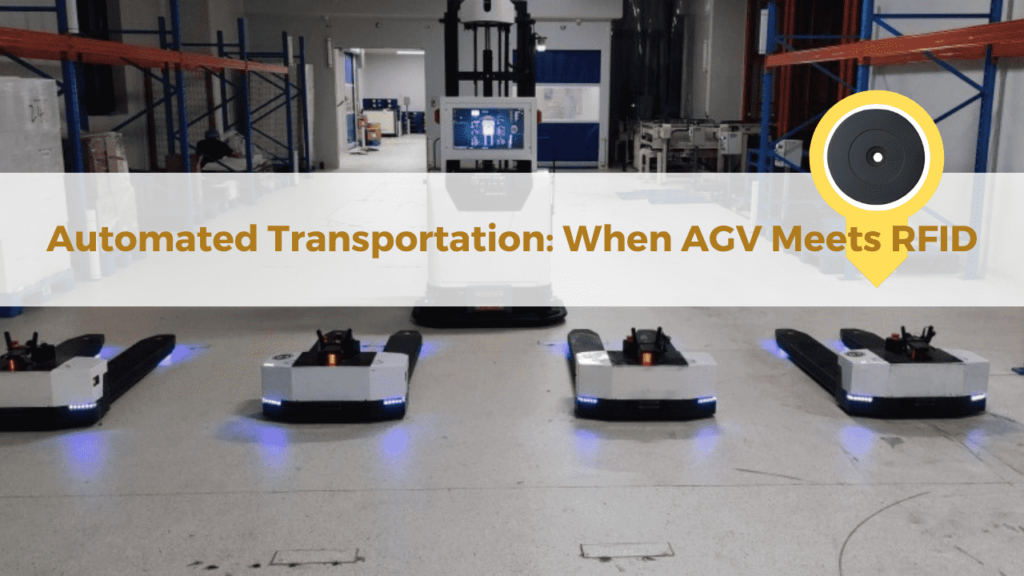
Automated Transportation: When AGV Meets RFID Mastering Automated Transportation with AGV and RFID RFID, as a type of automatic identification technology, has very obvious advantages in its application on AGV carts. First, RFID has a strong resistance to other environmental factors, such as oil pollution, water, dust, and electromagnetic interference, so it is very suitable for the working environment of the production workshop. Secondly, RFID technology is quite mature, with low maintenance costs and simple technical construction, making it more advantageous in actual operation. For these reasons, the application of RFID site recognition on AGV carts is becoming more and more widespread. In addition, RFID can improve the work efficiency of AGV carts, making their role in the production process more important, thereby creating greater value for enterprises. Facebook LinkedIn WhatsApp What is AGV technology? AGV is an abbreviation for Automated Guided Vehicle, meaning “automatica
RFID Tech Boosts Electroplating Efficiency & Safety

RFID Tech Boosts Electroplating Efficiency & Safety Have you ever considered who uses RFID technology in electroplating production lines and why? This technology boosts automation, enhancing the accuracy and reliability of data collection and streamlining the production process. With RFID tags on products and equipment, users can track and monitor item movements throughout the production process.This technology enables real-time data collection, inventory management, and quality control. These advancements lead to cost savings and increased productivity. Numerous industries, including automotive, aerospace, and electronics, have integrated RFID technology into their electroplating production lines to improve their manufacturing processes. More Information Facebook LinkedIn WhatsApp Radio Frequency Identification (RFID) is an advanced wireless communication technology that can identify specific targets and read related data through electromagnetic fields or radio frequencies, a pr
The Rise of AI and RFID in Various Industries

The Increasingly Prominent Role of the Powerful Combination of AI and RFID Across Diverse Industries Explore the future of technology as artificial intelligence and RFID rise across industries. From healthcare to retail, these cutting-edge technologies are revolutionizing how businesses operate. Stay ahead of the curve and increase your organization’s efficiency, accuracy and productivity. Embrace the power of AI and RFID today. More Information Facebook LinkedIn WhatsApp Artificial Intelligence (AI) and Radio Frequency Identification (RFID) are two separate yet equally transformative technologies with unique applications and functionalities across a wide array of sectors, which when combined, can create high-impact solutions. AI, a pioneering technology that simulates and often surpasses human intelligence, includes subsets such as machine learning, deep learning, and natural language processing. This cutting-edge technology equips computer systems with a level of intelligence
Managing Linen and Uniform Inventory Using RFID
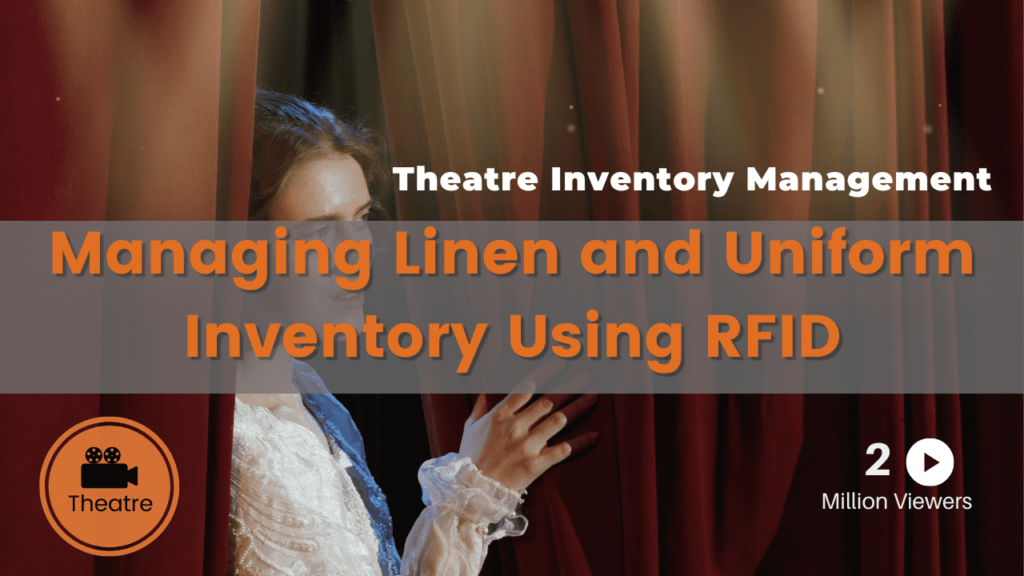
Managing Linen and Uniform Inventory Using RFID In today’s society, with the rapid development of technology, industries are exploring how to improve work efficiency and accuracy through technological means. A common challenge faced by hotels, hospitals, the military, fire departments, factories, and professional laundry companies is how to effectively manage thousands of work clothes and linens. These management tasks include handover, washing, ironing, sorting, and storage. Especially in tracking the washing process of each piece of linen, the number of washes, inventory status, and effective classification, there are huge challenges. Traditional laundry management methods have several problems: The manual registration of laundry tasks is complex, difficult to query, and inefficient. Due to concerns about cross-infection, some unwashed linen cannot be counted, which can easily lead to disputes about mismatched numbers. It’s impossible to accurately monitor each link in t
Utilize RFID technology with molds to enhance automated manufacturing

In the process of manufacturing and manufacturing, the use of molds can effectively improve labor productivity, save raw materials, and reduce manufacturing costs. In addition, products produced by molds have good consistency and interchangeability, making them suitable for mass manufacturing. Therefore, molds have a wide range of applications, involving various industries such as machinery, automotive, light industry, electronics, chemical, metallurgy, and building materials. However, the traditional manual paper-based recording method is no longer able to meet the timely understanding of the entire lifecycle of molds, including their usage, storage, maintenance, and disposal. With the rapid development of RFID technology, the introduction of RFID technology can easily achieve quick storage and inventory of molds, as well as fast registration, record keeping, and searching functions. Get More Information Advantages of using RFID technology for mold management: Achieve refined manage
Enhancing Firearm Management through RFID Technology

Enhancing Firearm Management through RFID Technology How does a RFID Gun work? When an RFID gun is activated, it emits radio waves to power nearby RFID tags. These tags then transmit their unique identification information back to the RFID gun. The RFID gun captures this information and can retrieve data like product details, inventory status, or location.RFID guns are widely used in inventory management, supply chain logistics, and asset tracking. They provide a convenient and efficient way to collect data without physical contact or line-of-sight Facebook LinkedIn WhatsApp In recent years, there has been a growing concern regarding firearm management and ensuring their safe and responsible use. With the increasing number of firearms in circulation and the potential risks associated with their misuse, it has become essential to explore innovative solutions that can enhance firearm management and mitigate these risks. One promising technology that holds great potential in this regard
Walmart’s RFID expansion stimulate the retail industry?

Walmart’s RFID expansion stimulate the retail industry? In 2022, Walmart made a major announcement that caused a stir in the RFID industry. As a world-leading retailer, Walmart revealed its ambitious plan to expand the application of RFID technology to other key retail sectors beyond clothing. Walmart required its suppliers to implement RFID tagging for home goods, sporting goods, electronics, and toys by September 2, 2022. This strategic move highlighted Walmart’s confidence in the effectiveness of RFID technology and its potential to completely transform inventory management in different retail industries. Now, nearly a year after the RFID mandate, the question arises: has it truly stimulated the application of RFID in the retail industry beyond apparel and footwear? It is well known that the retail RFID market has tremendous growth potential in recent years, with UHF RFID technology being essential. According to IDTechEx data, over 72% of UHF RFID tags were deployed i
Basics of UHF RFID Technology
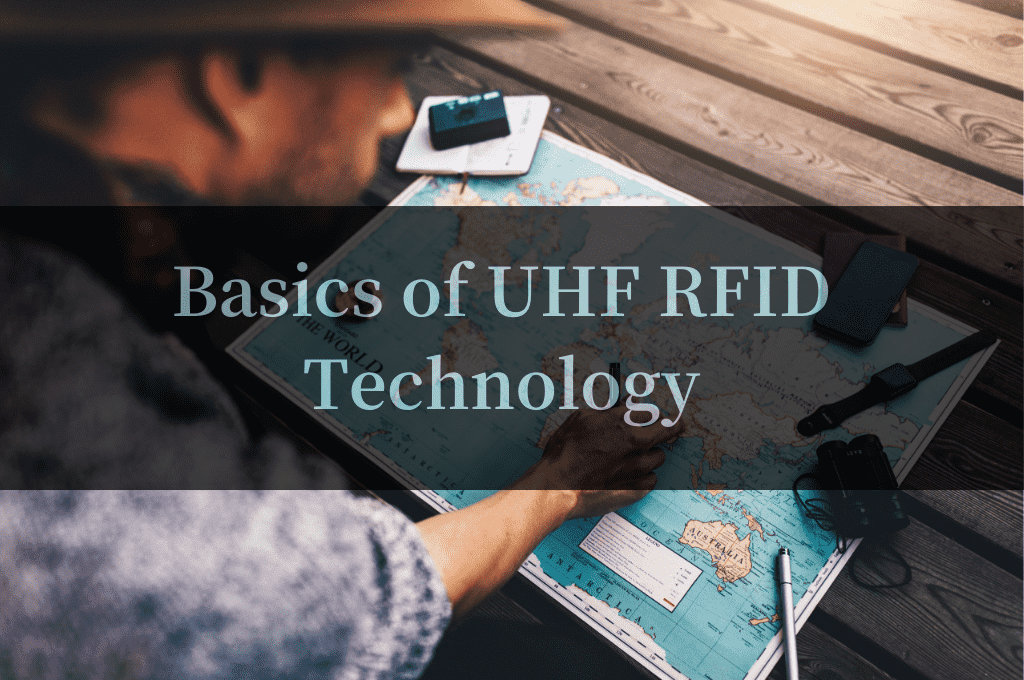
Basics of UHF RFID Technology A Comprehensive Overview of UHF RFID Technology UHF RFID technology, which stands for Ultra High Frequency Radio Frequency Identification technology, operates within the frequency range of 860MHz-960MHz and boasts an impressive bandwidth of 100MHz. By harnessing the power of backscattering principle and employing an efficient anti-collision algorithm, UHF RFID readers excel in delivering a high transmission rate and the ability to rapidly read a vast number of electronic labels. Consequently, UHF RFID technology proves to be an excellent choice for large-scale business applications, offering substantial advantages in terms of enhancing supply chain management efficiency and bolstering anti-counterfeiting traceability. The applications of UHF RFID technology are diverse and far-reaching. It finds extensive use in inventory and supply chain management, enabling businesses to streamline their operations and optimize their logistics processes. Moreover, UHF R
NFC Guide: In-depth Read About Near-field Communication
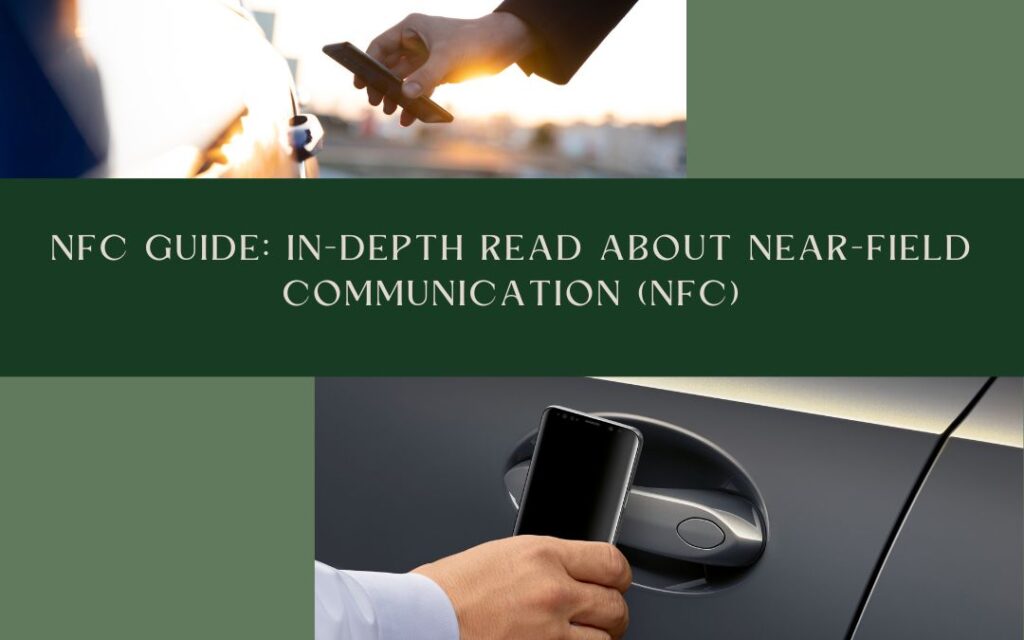
NFC Guide: In-depth Read About Near-field Communication While NFC is similar in many ways to RFID and its history is based on RFID, it is a separate concept. Where RFID has passive and active tags, active tags can be read from relatively long distances, and NFC, as its name suggests, works in the near-field region of electromagnetic fields. RFID is still around and will be for the foreseeable future. NFC is a direct evolution of RFID, you might consider a parallel branch. At the most basic level, NFC is typically two inductively coupled devices whose communication is performed by modulating the power drawn by the passive devices. Passive RFID absorbs RF power, which is then used to transmit data back to the reader – Active RFID can use its own power source to transmit data back to the reader. As with NFC, there are always exceptions to the rule – Type 5 NFC tags work at longer distances (up to 1 meter). In the most typical implementation of NFC, one device is the active device, acting
